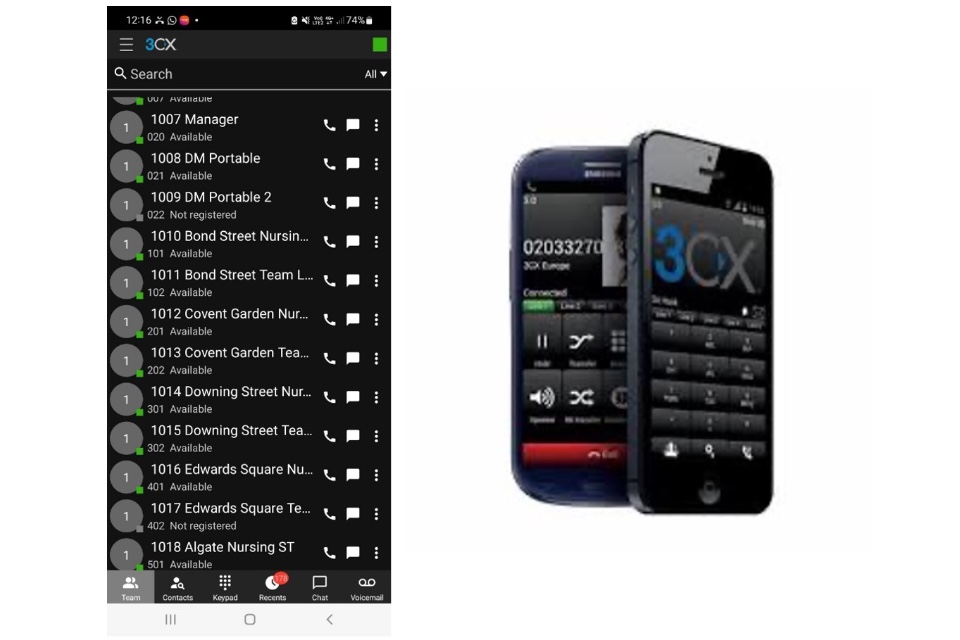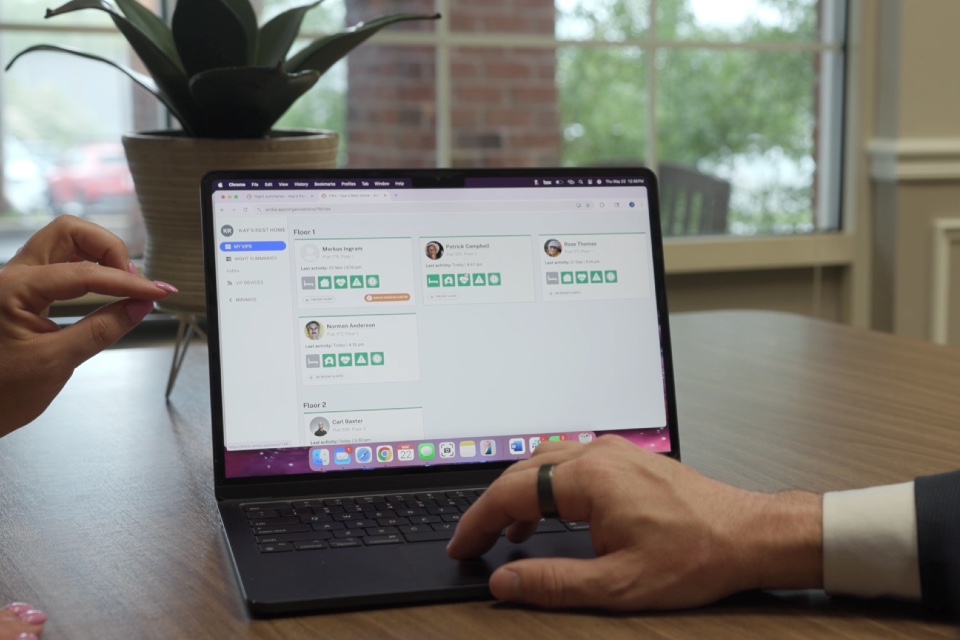By Adam James Abrahami MCP, MA, BA (Hons), Director H2o Networks (Working with Care Providers for 25 years)
H2o Networks recently partnered with a care provider to review and streamline their phone expenses. By analysing their bills and optimising their plans, we helped them save significantly across 16 care homes throughout the UK…
As you may know, BT is in the process of shutting down old analogue phone lines and transitioning to Voice Over Internet Protocol (VOIP) systems. Unlike traditional copper analogue lines, VOIP runs over the existing internet. The switch-off has already begun, with a final shutdown date set for January 2027. This means that older analogue phone systems will cease to function unless they have been migrated to VOIP.
This transition presents a great opportunity to streamline and redesign phone systems—both to reduce costs and improve call management. Key areas to consider include marketing for increased leads, handling job enquiries, and ensuring seamless communication for carers, especially for emergency calls to 999 and 111.
Additionally, outdated telephone lines used for lifts, broadband, alarms, and other systems can be decommissioned, eliminating unnecessary line rental costs. If you’re replacing an older phone system, you can also save by moving to a cloud-based solution, avoiding the expense of new hardware. With VOIP, you simply pay for each cloud-based line, and pricing varies by provider.
Here are five key tips to help care homes maximize savings and ensure their phone systems are designed effectively:
Tip 1 – Always Buy, Never Lease, Your Physical Phones
Many care providers end up paying a fortune—often over five years or more—just to lease their phone hardware. When combined with high line rental fees, this results in unnecessarily expensive and outdated phone services.
With modern Voice over IP (VoIP) cloud solutions, you don’t need as much hardware since most functionalities are handled in the cloud. In the past, care providers had to purchase multiple cordless phones, but now, staff can simply use a phone app on their existing Care Planning Digital Devices.
The only physical phones typically required are desk phones for nurse stations and office use. Additionally, the VoIP phone app can be installed on Windows computers, tablets, and mobile phones, further reducing the need for physical handsets. And when you do need to buy phones, they can be purchased outright for as little as £25-£30 per handset, saving your organization a significant amount over time.
Tip 2 – Save Money Every Month by Choosing the Right Pricing Model from Your Telecom Provider
Many telecom companies, such as BT Cloud Voice, traditionally charge on a per-user or per-extension basis, typically ranging from £12 to £15 per user or extension. The issue with this pricing model is that it can quickly become expensive, especially when you need phone lines for staff beyond just nurse stations—such as chefs, activity coordinators, maintenance teams, and carers.
To save on costs, choose a telecom provider that does not charge per user or extension. Instead, opt for one that charges per care home location, with no additional fees for phone apps. I work with care providers who have adopted this model, allowing them to offer the phone app to all staff—chefs, carers, maintenance personnel, and more—without incurring additional costs. This approach can result in significant savings, especially for organisations with multiple care homes or a central office.
Tip 3 – Assess Existing Services and Identify Cancellations (Without Risking an Outage)
A thorough review of current services is a great way to determine what’s being paid for. Often, Finance and IT departments lack full visibility into the services active in care homes. Over time, additional lines may have been installed without proper labelling, leading to concerns about accidentally disconnecting essential services like the internet, lifts, or alarm systems.
Here’s a key tip: Ask your phone provider to place a SOFT STOP on the lines and services you suspect can be cancelled. This temporarily suspends them without fully disconnecting, allowing you to monitor for any disruptions. If services that are critical do not go offline after a few days, you can confidently proceed with permanent cancellations, ensuring no unnecessary costs remain.
Tip 4 – Invest in a Care-Centric VOIP Phone System to Save Time for Your Staff
Most phone systems are designed for standard business environments, offering a one-size-fits-all solution. However, the needs of care facilities are unique. Care is a 24/7 responsibility and requires flexibility. A care-centric VOIP phone system offers essential features that traditional business systems lack. These include the ability for managers or senior staff to be on-call, a built-in paging or intercom system, and integration with the nurse call system. Additionally, these systems can integrate with care planning tools to log calls to GPs, hospitals, and emergency services. These specialised functions make a significant difference in the efficiency and effectiveness of care homes and support staff in managing their tasks more efficiently.
Tip 5 – Digital Care Planning Devices: Now Serving as Cordless Phones at No Extra Cost
Care providers upgrading their phone systems can save money by repurposing their existing care planning devices. By adding a phone application to these devices—whether from Nourish, PCS, or another provider—carers and staff can easily communicate with each other. These devices now function both as care planning tools and cordless phones.
Additionally, these devices are integrated with the door entry system. This means that at night, carers or night staff can view video footage through the care planning device to check if an ambulance is at the door before allowing anyone into the home. This enhances security through the use of a video door entry system and reduces costs by consolidating multiple systems into one.
Adam James Abrahami MCP, MA, BA (Hons) works with Care Providers such as the Bondcare Group and Care Worldwide for the last 25 years to directly reduce costs and improve operational efficiencies.
Is your phone system designed for care? Could you be saving every month by getting a more care centric more efficient VOIP Phone System?
Adam can be reached by phone and email 020 8905 3333 adam@itforcarehomes.co.uk
www.itforcarehomes.co.uk






